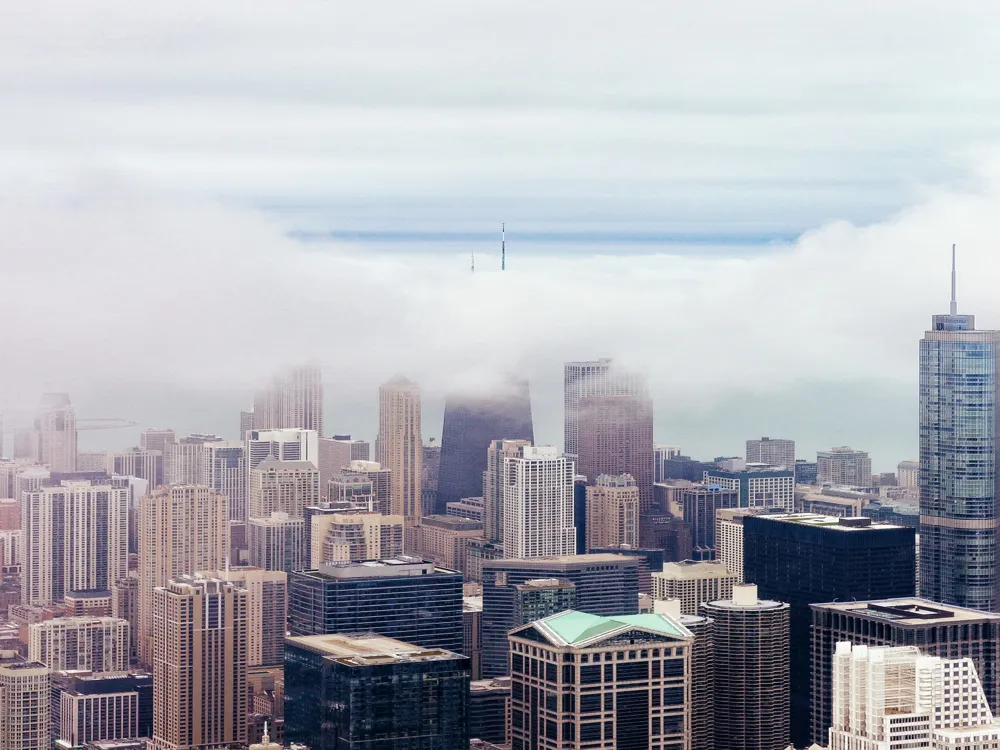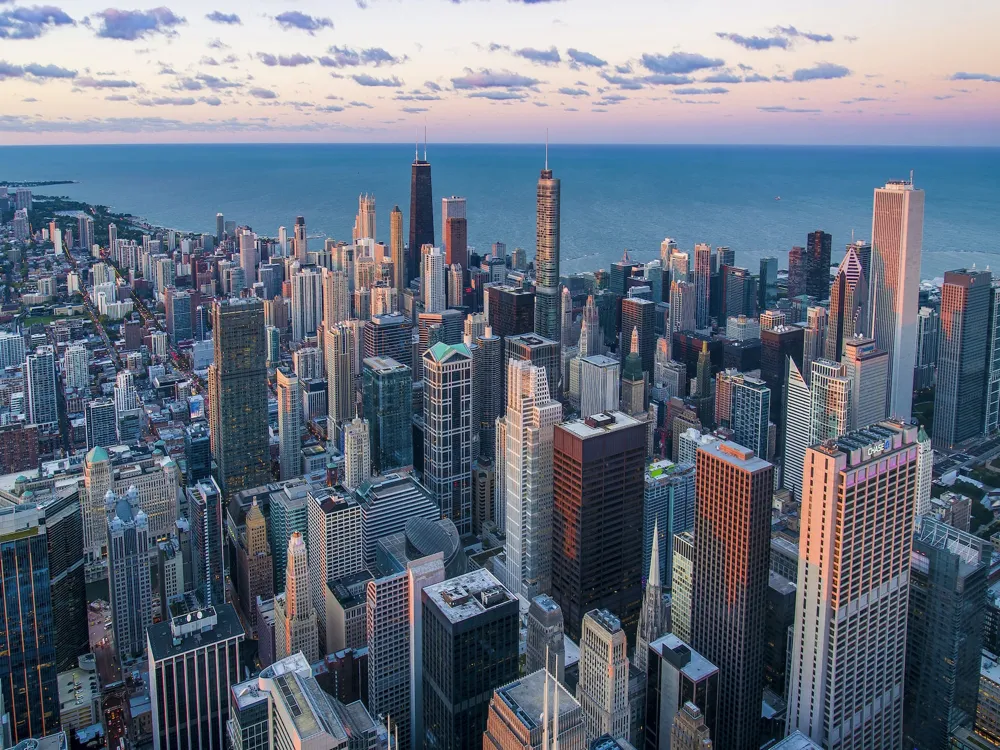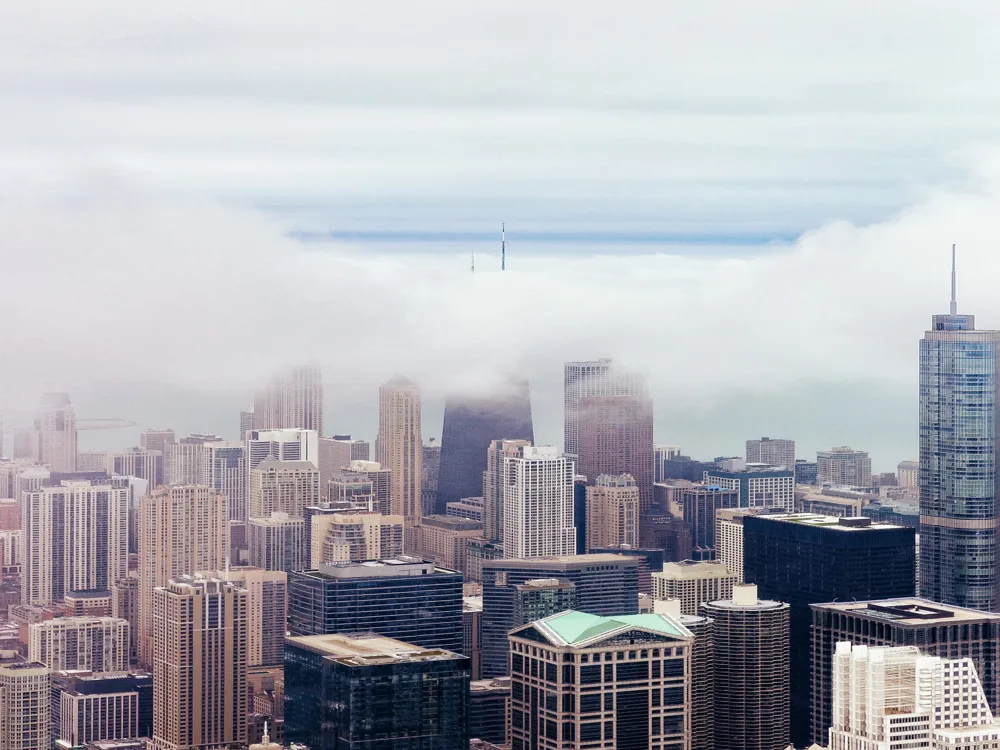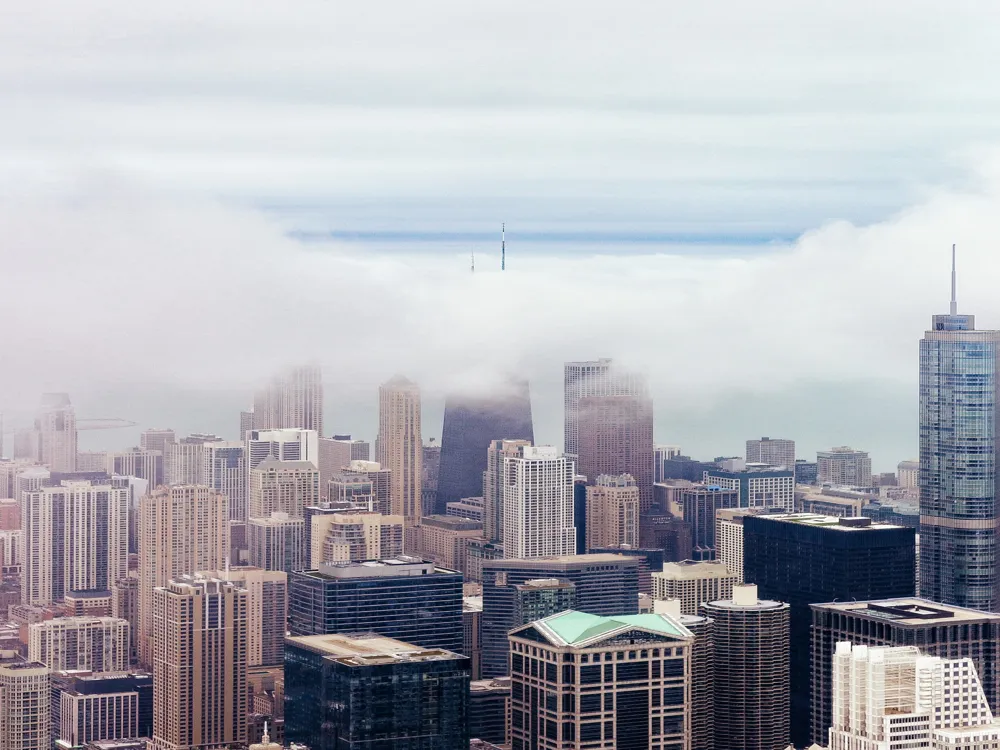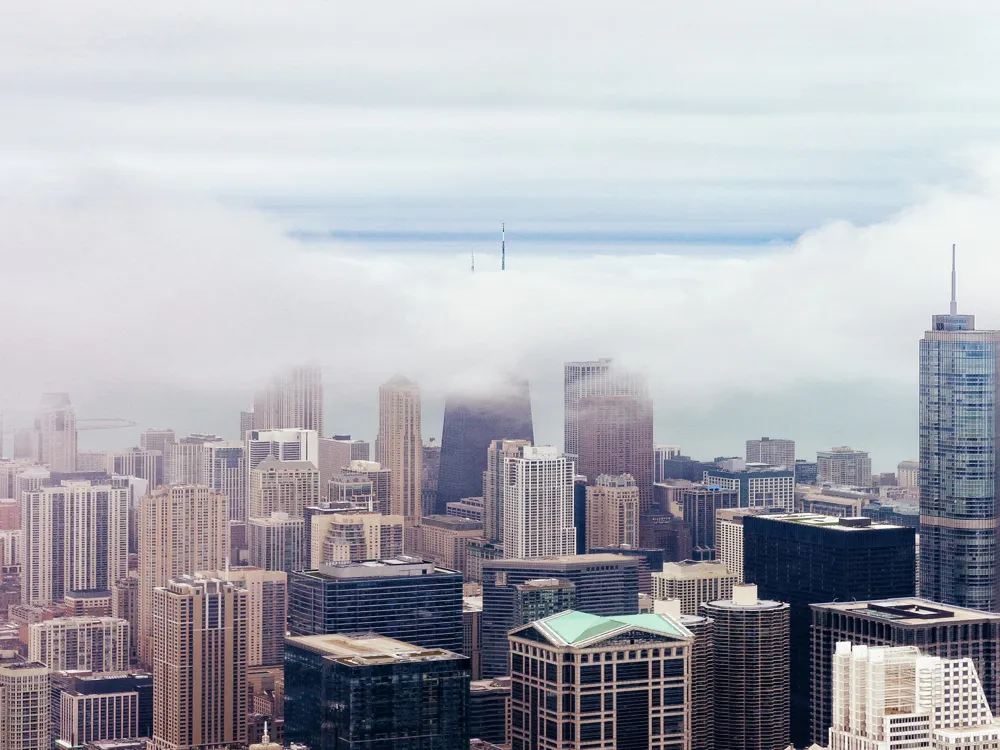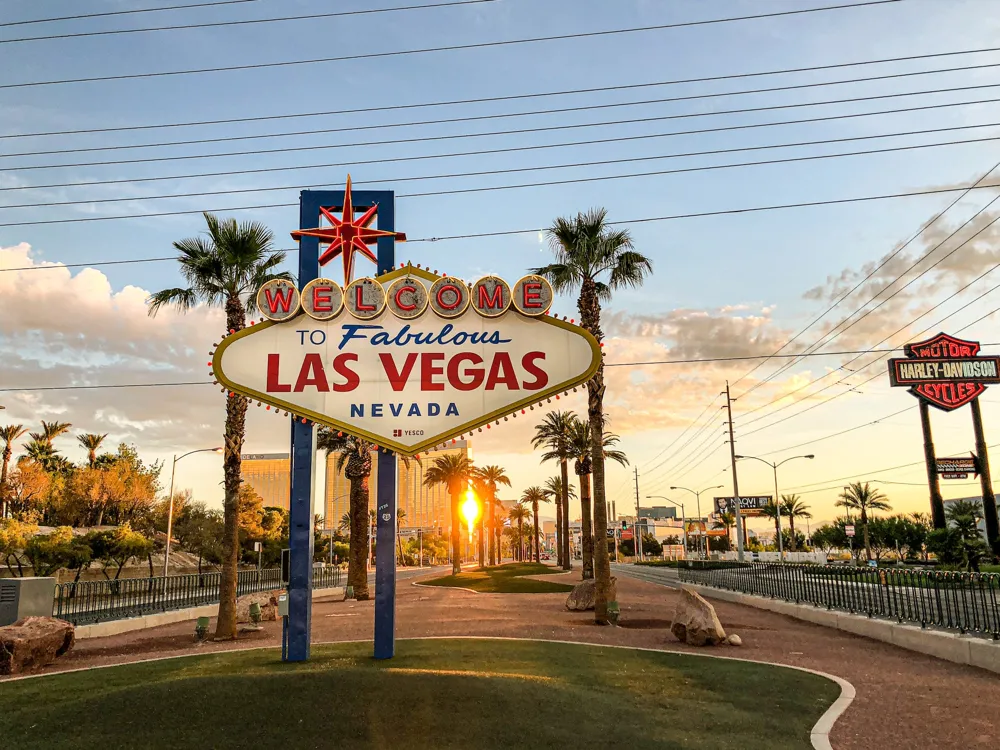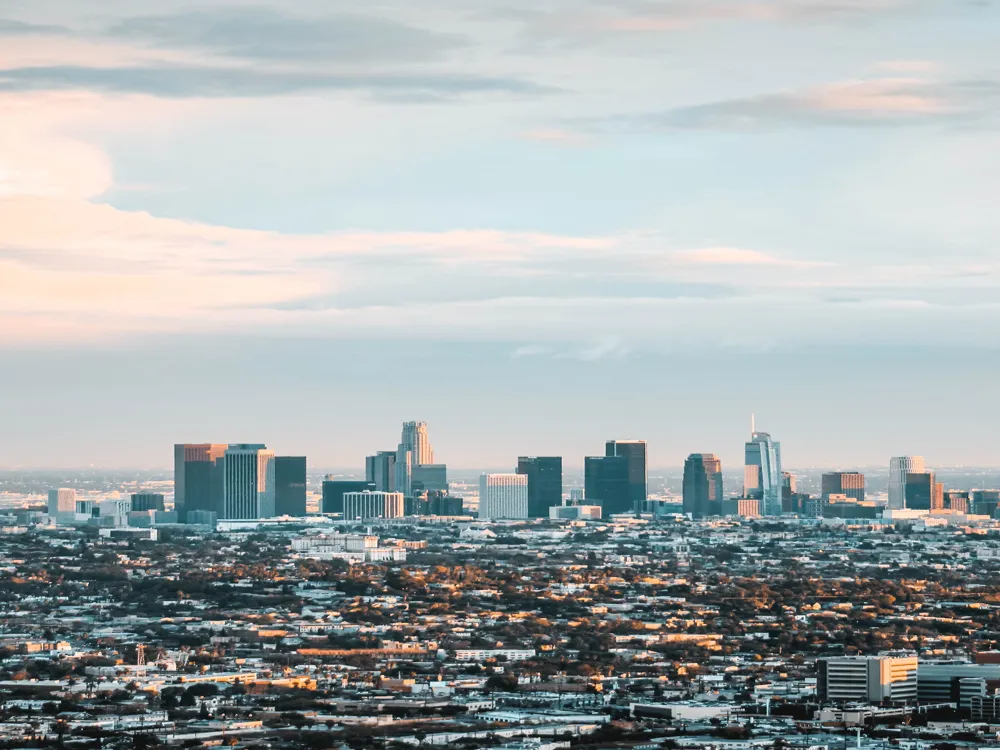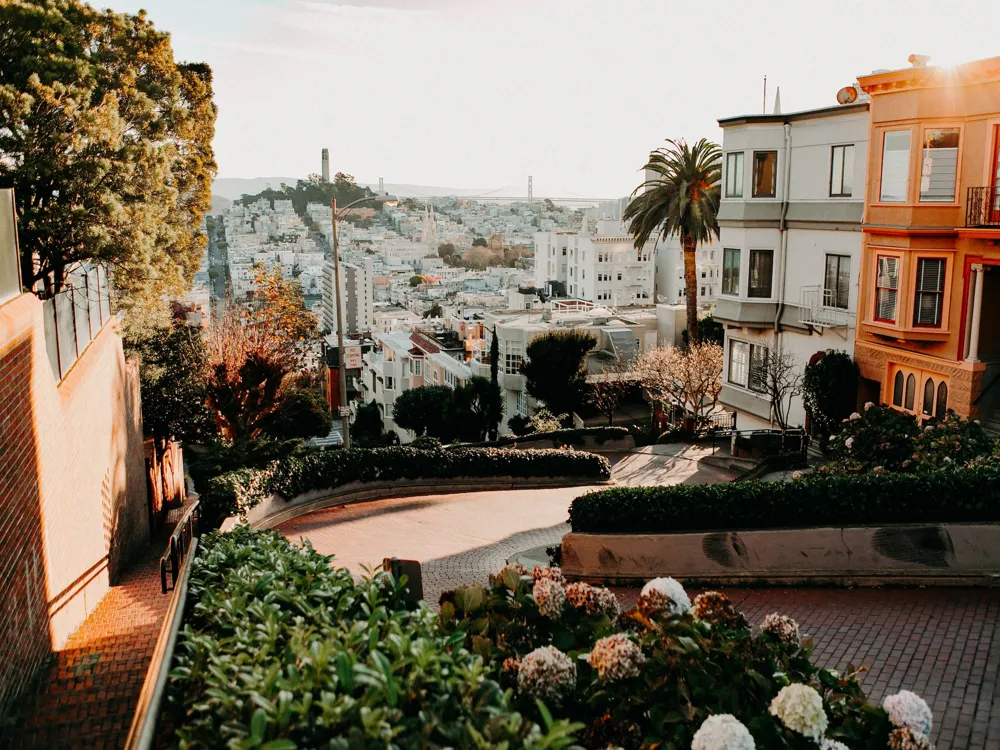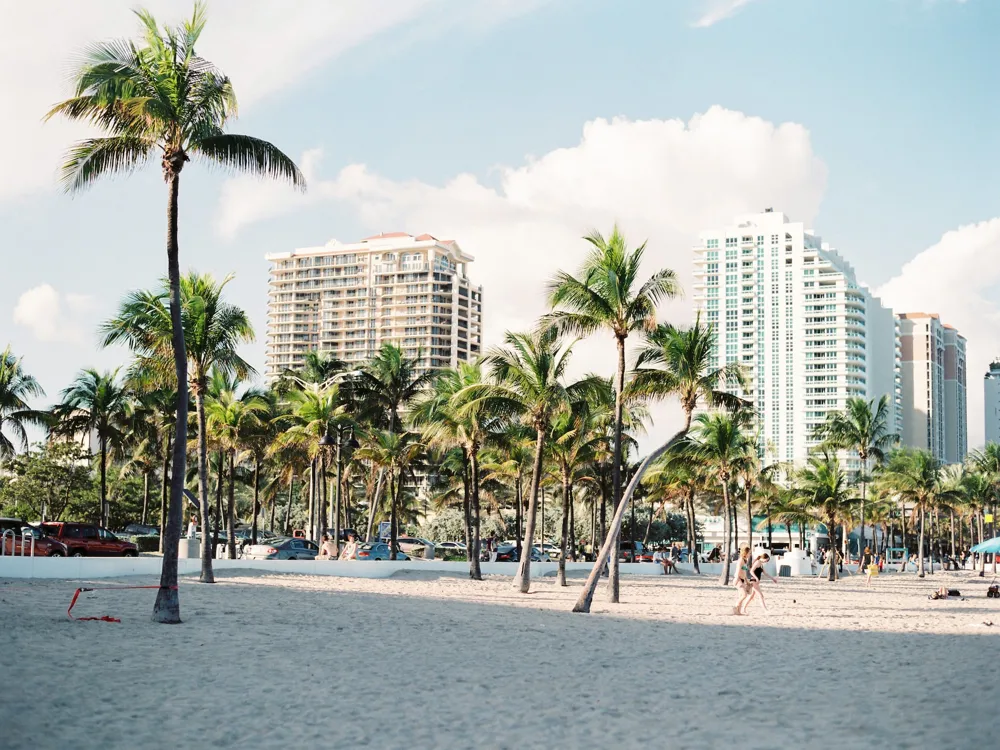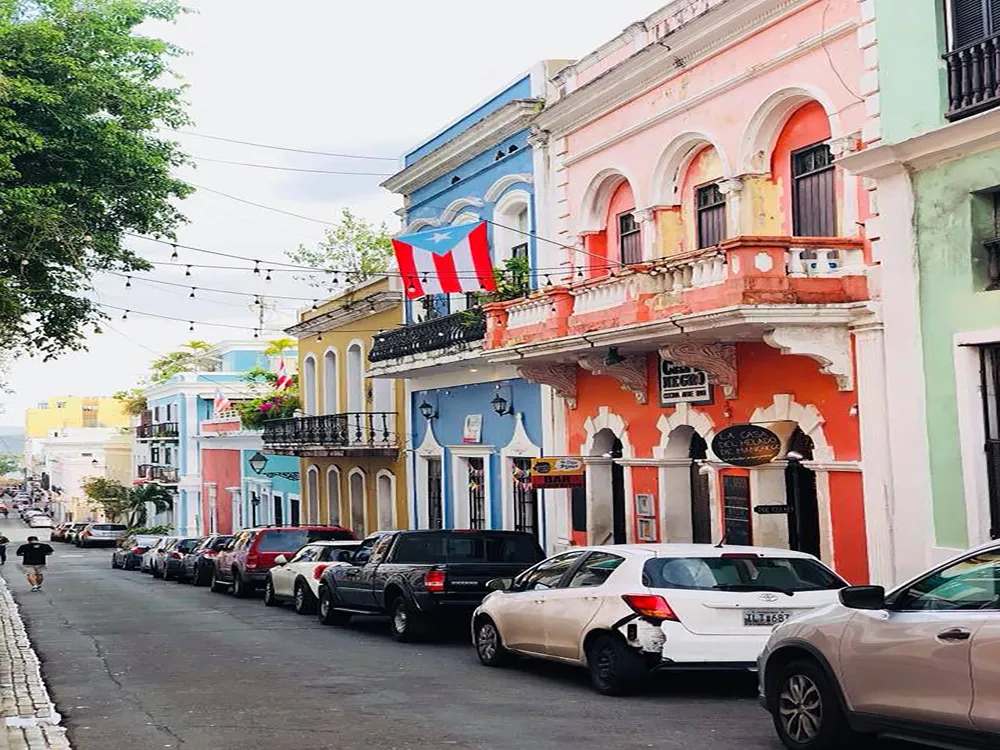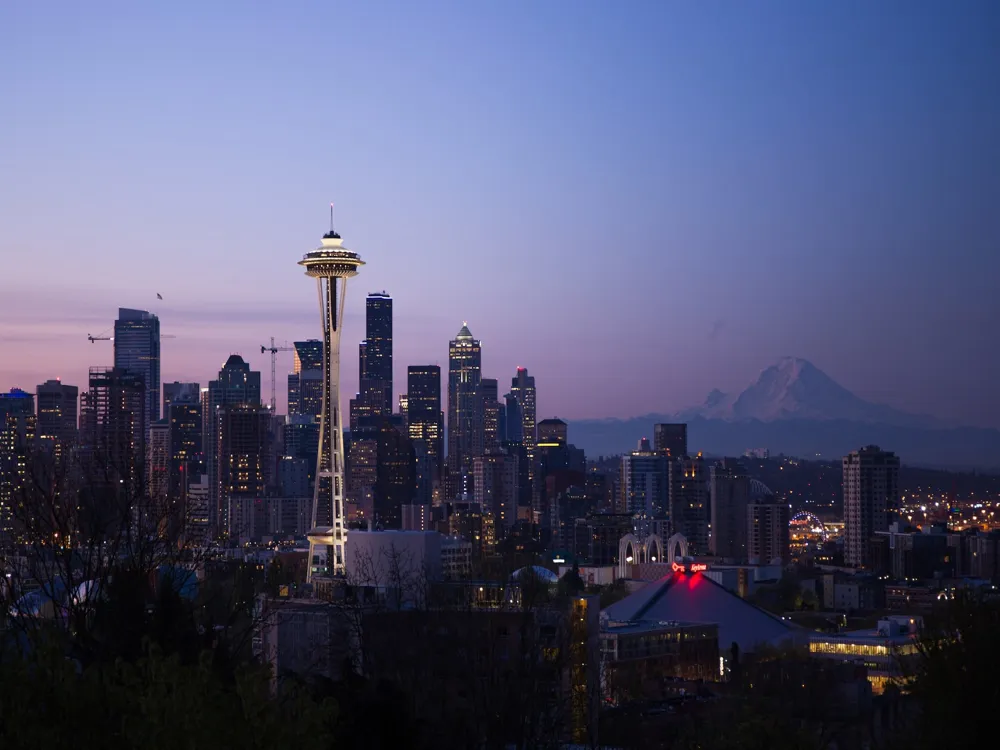Chicago, nestled along the shores of Lake Michigan, is an iconic American city renowned for its vibrant culture, rich history, and architectural splendor. Known as the 'Windy City,' it's the third-largest city in the United States and a melting pot of arts, culture, and innovation. Chicago's story is one of resilience and reinvention, evolving from a small trading post in the 19th century to a bustling metropolis that played a pivotal role in the industrial revolution of America. Visitors to Chicago are greeted by a skyline punctuated with towering skyscrapers, among them the Willis Tower (formerly the Sears Tower) and the neo-Gothic Tribune Tower. The city's architectural journey is deeply intertwined with its history, particularly the Great Chicago Fire of 1871, which led to a massive urban renewal and the birth of the skyscraper. Chicago's cultural landscape is as diverse as its population, with world-class museums like the Art Institute of Chicago, thriving music scenes encompassing jazz, blues, and house genres, and an array of culinary delights that include the famous Chicago-style deep-dish pizza. Chicago is also renowned for its public art, with pieces from Picasso, Chagall, and Kapoor dotting the cityscape. The city's extensive parks and green spaces, most notably Millennium Park, Grant Park, and Lincoln Park, offer a refreshing escape from the urban bustle. Seasonal events, such as the Taste of Chicago and the Chicago Air and Water Show, attract millions of visitors annually. With its blend of urban charm and cultural richness, Chicago stands as a testament to American ingenuity and spirit. Chicago's architecture is a testament to the city's innovative spirit and history. The Great Chicago Fire of 1871 was a turning point, leading to pioneering developments in skyscraper technology. The city became the birthplace of the modern skyscraper, with the construction of the Home Insurance Building in 1885. Chicago's skyline is a mix of historical and modernist marvels, featuring works by architects like Louis Sullivan, Frank Lloyd Wright, and Mies van der Rohe. The Chicago School of Architecture, characterized by the use of steel-frame buildings with masonry cladding, large plate-glass window areas, and limited ornamentation, was born here. This style laid the groundwork for modern skyscraper design. The Willis Tower, once the world's tallest building, and the John Hancock Center are prime examples of Chicago's architectural ambition and ingenuity. Frank Lloyd Wright's Prairie School of Architecture, which aimed to create structures in harmony with humanity and the environment, also has deep roots in Chicago. The Robie House, with its emphasis on horizontal lines, is a quintessential example. Chicago's architectural prowess extends beyond skyscrapers, with treasures like the Art Institute of Chicago, a Beaux-Arts masterpiece, and the futuristic Millennium Park, which reflects the city's continuous evolution. Architecture tours along the Chicago River offer an immersive way to experience the city's architectural history and innovation. Chicago's weather can be unpredictable, so it's wise to dress in layers. In winter, pack a heavy coat, gloves, and hat. Summers are warm, so bring light clothing, but always carry an umbrella for sudden showers. Comfortable walking shoes are a must for exploring the city. Chicago's public transportation system, including the 'L' train and buses, is an efficient way to get around. Consider purchasing a Ventra card for convenient access to public transit. Taxis and ride-sharing services are also readily available. Chicago is a food lover's paradise, offering everything from Michelin-starred restaurants to local favorites like deep-dish pizza and Chicago-style hot dogs. Don't miss exploring the diverse culinary scenes in neighborhoods like Little Italy, Chinatown, and Pilsen. Plan to visit iconic sites like the Art Institute of Chicago, The Field Museum, and the Museum of Science and Industry. Check out the city's vibrant theatre scene, blues clubs, and summer festivals for a taste of local culture. Like any major city, it's important to stay aware of your surroundings in Chicago. Stick to well-lit and populated areas, especially at night, and keep your valuables secure. Chicago is easily accessible by various modes of transportation. O'Hare International Airport, one of the busiest airports in the world, serves as a major hub for both domestic and international flights. Midway Airport, located closer to downtown, handles mostly domestic traffic. For those preferring ground transportation, Chicago is a central hub for Amtrak with routes connecting to the rest of the country. Additionally, intercity buses operate from various locations, offering a cost-effective way to reach the city. For visitors driving, Chicago is well-connected by highways and has ample parking, though traffic can be heavy during peak hours.Overview of Chicago, Illinois
Architecture of Chicago
Tips When Visiting Chicago
Packing Essentials
Navigating the City
Dining and Cuisine
Cultural Attractions
Safety Tips
How To Reach Chicago
South Shore Beach
Chicago
Illinois
NaN onwards
View chicago Packages
Weather :
Tags : Beach
Address : 7059 S. South Shore Dr., Chicago, IL 60649
Hours : 11:00 AM - 7:00 PM
Activities : Swimming, visiting the gallery, golfing, exploring the natural sanctuary
Parking : Pay and display parking
Planning a Trip? Ask Your Question
Chicago Travel Packages
View All Packages For Chicago
Top Hotel Collections for Chicago

Private Pool

Luxury Hotels

5-Star Hotels

Pet Friendly
Top Hotels Near Chicago
Other Top Ranking Places In Chicago
View All Places To Visit In chicago
View chicago Packages
Weather :
Tags : Beach
Address : 7059 S. South Shore Dr., Chicago, IL 60649
Hours : 11:00 AM - 7:00 PM
Activities : Swimming, visiting the gallery, golfing, exploring the natural sanctuary
Parking : Pay and display parking
Planning a Trip? Ask Your Question
Chicago Travel Packages
View All Packages For Chicago
Top Hotel Collections for Chicago

Private Pool

Luxury Hotels

5-Star Hotels

Pet Friendly







